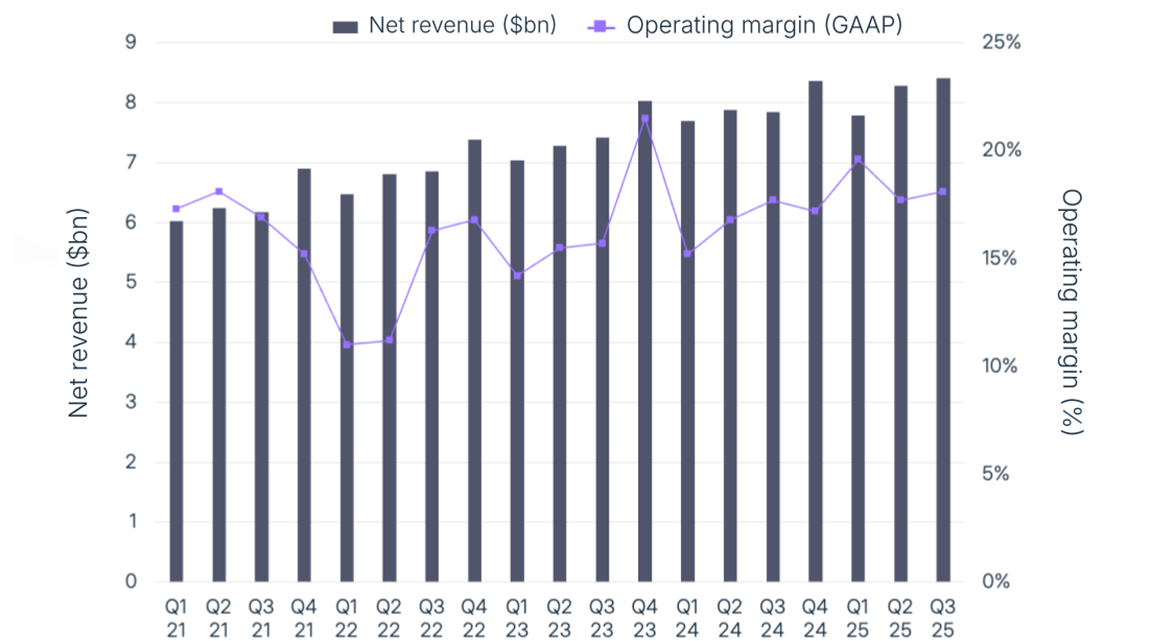Black Friday is almost upon us, and while there are some signs that overall purchasing will be down this year amid the tougher macroeconomic environment, there is potential for cross-border ecommerce to perform well. But how has cross-border ecommerce changed over time?

Getting precise numbers for the rate of cross-border ecommerce in any country is notoriously tough as very little is reported publicly and there is no single source of information. However, mail data from the US Postal Service (USPS) does give us an insight into changing trends in cross-border ecommerce purchases of physical goods in the country.
While not all international mail is ecommerce purchases, the majority is likely to be, and while USPS is by no means the only carrier catering to the US market, it is one of the largest by volume. As a result, these numbers are likely to provide a relatively accurate portrayal of the overall trends in the US.
While outbound international mail has steadily declined over the past few years, suggesting that international shoppers have increasingly looked elsewhere for physical goods, particularly as the US dollar has strengthened, there has been a clear transformation in US inbound cross-border ecommerce as a result of the pandemic. The rate of inbound international mail went from being flat between 2016 and 2019 to climbing by around 1,800% year on year in 2020; while it then dropped 53% in 2021, it remains almost 800% up on pre-pandemic rates.
We know from USPS reports that the US saw a significant increase in ecommerce during that time, and it’s clear that this has included cross-border. More significantly, the increase appears to be largely here to stay as consumer habits have shifted. We may find that the US in particular sees a surge in cross-border ecommerce purchases, particularly around Black Friday, as consumers take advantage of the savings the strong dollar provides.
While no identical data is available for other parts of the world, other numbers do provide some insights. In the UK, the Royal Mail does not put out separate inbound and outbound figures, but did report an increase in international parcel volumes during the pandemic, driven by imports, which subsided from 2021, in part due to new import restrictions brought about by Brexit. For the financial year ending March 2022, Royal Mail reported a YoY decline of 42% in international parcel volume, suggesting a drop in physical cross-border ecommerce to and from the country.
Meanwhile, in the EU, cross-border purchases are fairly widespread. According to Eurostat, among the 73% of internet users who made ecommerce purchases in 2021, 32% made purchases from other EU countries, while 22% purchased goods from countries outside the EU, a level flat from 2020 despite a slight rise in the overall number of ecommerce shoppers.
Looking globally, cross-border ecommerce is likely to play a role this Black Friday – but how much is likely to be highly influenced by local currency conditions.


